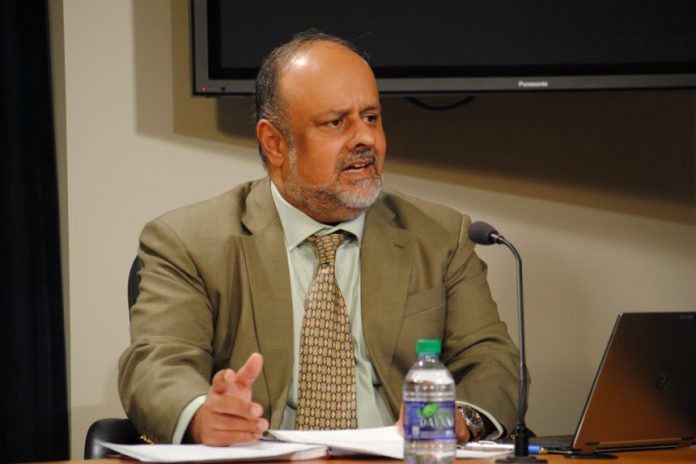
Saskatchewan’s chief medical health officer says the province is experiencing its first true wave of COVID-19 since the pandemic began in March.
Speaking on Gormley on Friday, Dr. Saqib Shahab said as the government reopened the economy, it was able to monitor case counts before moving on to the next phase.
In his view, that is no longer possible.
“I think we need to recognize that things are accelerating so what we used to take a week or two to decide, we now need to have decisions within days,” said Shahab. “We no longer have the luxury of time.”
Shahab said the situation now is different from the spring and summer, when there were localized outbreaks.
“We knew the transmission chains and we would bring them down,” he said. “Now we have transmission throughout the province.
“We no longer know the transmission chains. People don’t know where they’re getting exposed for the most part.”
He said the daily average of new cases has risen above 120 and is trending higher still. Sixty would have been cause for concern. As well, the test-positive rate has been rising.
“We have entered dangerous territory,” Shahab said.
The province now has the third-most cases per capita in Canada.
On Thursday, the government released the latest modelling data, which forecast in a best-case scenario 76 new cases per day, 4,830 new cases over six months and 34 deaths over that time.
As of Thursday, Saskatchewan had reported 2,420 new cases in November alone, increasing its total since March to 5,651. The number of active cases in the province stood at 2,066.
To combat the spread of the virus, the government has opted for what it calls a “slowdown,” rather than closing non-essential businesses.
That means avoiding gatherings and cutting back on trips out of the home.
“Support your favourite bars and restaurants by ordering takeout … Either go in half the time for retail or quarter the time for other settings,” Shahab said.
As for sports, Shahab said residents should “maybe pause play as much as we can (and) adjust to conditioning and exercises. I think those are all areas we need to think about.”































